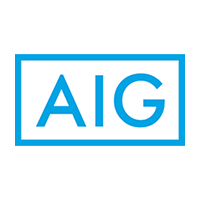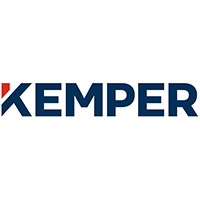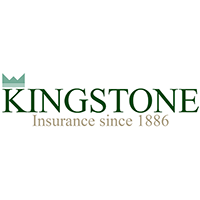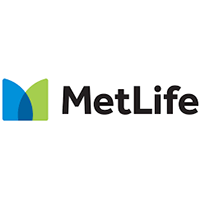Prepared by:
Alexander Borg, CIC, CRM, CRIS
Vice President – Underwriting & Risk Management
Navigating the Hardened Market
Over the last three years, policyholders have experienced one of the hardest markets the insurance industry has seen in over 15 years. A perfect storm of factors include supply chain issues, nuclear jury verdicts, inflation, and natural disasters to name a few. Of course, a global pandemic acted as the catalyst of it all. The good news is that 2024 brings some new hope for relief.
The hardened market from 2020-2023 led reinsurance carriers to do more with less. Underwriters tightened capacity, increased attachments (deductibles) for insurers, and reduced risk appetite. After experiencing losses five of the last seven years, this approach resulted in a profitable year for the largest reinsurance carriers. Fitch Ratings reported global reinsurers posted a 21% return on equity in 2023. This is up 18 percentage points from the prior year.
Insurance Market Shifts in Florida
Profitability in 2023 is likely to attract additional investor capital potentially unlocking much needed capacity within the market. In addition to new investment, retrocession or simply “retros” (reinsurance for reinsurance companies) is also becoming more available.
A Glimmer of Hope: Profitability and New Investments
According to CoreLogic’s 2023 Hurricane report, NOAA is calling for 12-17 named storms, 5-9 hurricanes, and 1-4 major hurricanes to affect the United States. While this prediction is less than 2022, this report still calls for an “above normal season.”
“When there’s more retro capacity available, eventually that makes insurance for policyholders more available and affordable,” says Bill Dubinsky, Chief Executive of Gallagher Securities. It’s hopeful this influx of investment and retro availability will take the pressure off the premiums policyholders have been feeling over the last two renewal cycles.
Important to note, reinsurers are remaining restrictive with their appetite and keeping attachments higher. James Victor, Chairman of Gallagher RE comments, “There is a big demand for low-level, frequency protection and reinsurers are really reluctant to provide that. The lessons of 2023 have shown that reinsurers really don’t want to provide cover in that area and there really isn’t any capacity in the traditional sense.” Simply said, reinsurers are not looking to pick up the low-level frequency losses retail insurance companies had typically been able to lay off. As such, policyholders in the smaller and middle markets are less likely to see any benefits from the changing tide. Same still, large market insureds won’t see immediate results either. These restrictive treaties with the retail insurance carriers still keep premiums elevated.
The Road Ahead: Nearing the Highwater Mark
By no means are we over the mountain. It is fair to say, the market has only climbed to reach the edge of a plateau. Retail carriers are not rushing to change their underwriting guidelines nor turn soft on pricing. David Preibe, Chairman of Guy Carpenter echoes this sentiment. “We are near the highwater mark and pricing may start to moderate as reinsures seek to utilize the excess capital…. Pricing has normalized across reinsurance contracts. I feel we are headed towards a more competitive marketplace in greater optionality. Who knows, this business can change on the dime.”
Our research indicates policyholders should anticipate premium increases on renewals. However, the size of the increases should not be as great when compared to the past few years of renewals. It is possible to say the hardening market is coming to an end in certain classes. How long it stays hard is certainly another question. “We are now approaching the inflection point of the S-curve. How long we stay up there is a question of capital supply,” says Preibe. The industries and coastal territories that experienced double-digit percent increases on their 2022 and 2023 renewals should see less severe increases in 2024.
While greener pastures are on the horizon, by no means are we through the woods. One good catastrophic loss could set back the gains of 2023 and reaffirm the hard market. At this point, time will tell if the storm clouds are dissipating or if there’s another squall ahead.
631-673-7600 x












































